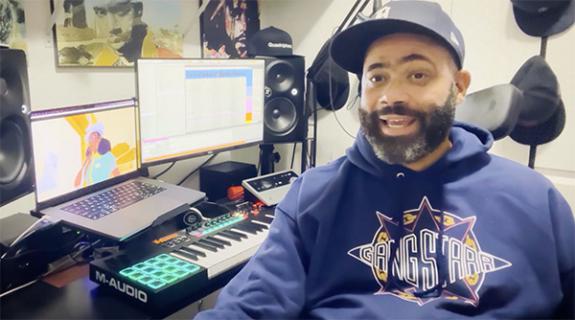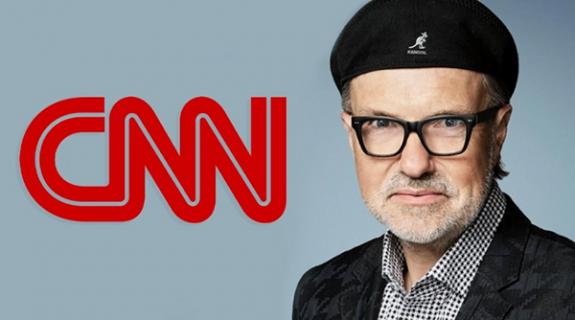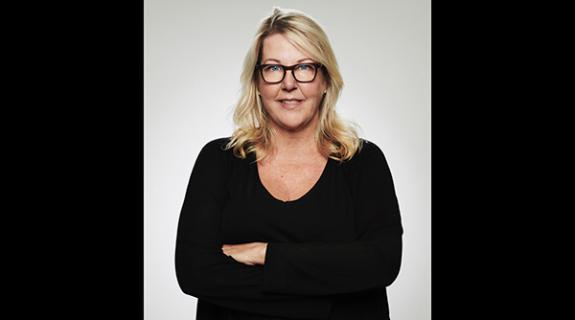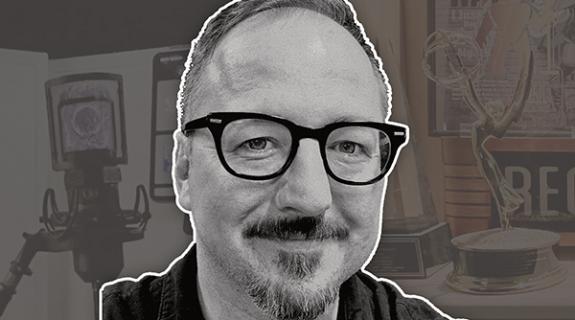“We have been working with media broadcasters and agencies for the past three years to make it easier to buy and sell local TV,” said Shereta Williams, president of Videa, the data-driven, supply side platform at the TV20/20: Monetizing the Future portion of the NAB Show in New York on Wednesday. “We do believe that 2018 will be a tipping point in automated TV, and we think you will see real TV dollars starting to shift into this medium.”
First up in a day of sessions under the TV20/20 umbrella was Michael Nathanson, partner and senior research analyst at MoffettNathanson, an independent research firm founded in 2013. Nathanson supported Williams’ assessment by predicting that digital will be a bigger category than television by 2018. He also said the online industry added about $13 billion in advertising revenue from 2012 to 2014, versus an increase of approximately $2 billion for TV and a decline for the rest of the market—print, radio, outdoors—of about $4 billion.
“In the past two years, from 2014 to 2016, the same thing has happened. TV is holding its own, but growth for digital is now $23 billion,” said Nathanson. “Digital is taking direct marketing dollars and small- and medium-enterprise dollars. And what something like Facebook shows, which draws about two-thirds of its revenue from its five to eight million customers who have Facebook pages, is that digital is a completely different business model than broadcast TV.”
Nathanson went on to discuss the overall television ecosystem, including occasionally tense network-affiliate relations, and how that relates to the growth of over-the-top (OTT) services; the future of network retransmission consent fees and reverse compensation; the growing cost of network programming; and the potential of advanced advertising.
Skinny Bundles: Good for Broadcast, Bad for Cable
“Consumers at present are opting to move away from big bundles and go to skinnier bundles,” said Nathanson. “The takeaway is that broadcast wins; CBS, Disney, Fox and NBC are on the majority of next-generation platforms.
“At the same time, Discovery, Viacom and a bunch of independent networks are not getting the same carriage. So what we see happening is that not everyone is going to be carried on a pay-TV system. If you are connected to a broadcaster, you will get carriage.”
Originally targeted to attract cord-cutters and cord-nevers, the people currently most interested in signing up for the skinnier bundles tend to be older and wealthier, often empty-nesters.
“We see very little economic value created by these skinny bundles,” said Nathanson. “They are basically targeted to help broadcast networks and their sister networks stabilize their sub growth to the detriment of all the other cable networks that are not getting carriage.”
Heavy Competition for Scripted Content
“The main problem we all have in this industry is companies like Facebook, Amazon, Netflix and Google that can spend money at will with an incredibly low threshold for [return on investment] and the market rewards them based on subscriber growth,” said Nathanson, citing a cost of $6 billion by Netflix for programming this year and a projected $8 billion in 2018. “The playing field is now completely uneven.”
“Networks that focus on sports and news tend to be more stable via the traditional rating points,” he added. “Fox, in particular, is remarkable because almost 70 percent of its rating points today are coming from sports. And a network like The CW, which is not get high ratings, is actually a strong presence with its programming on Netflix.”
The key to the future for a broadcaster, according to Nathanson, is more of a programming commitment to sports and news, and a continued partnership with the OTT world.
“And, of course, it is always about the caliber of the programming on any outlet.”
Tags:



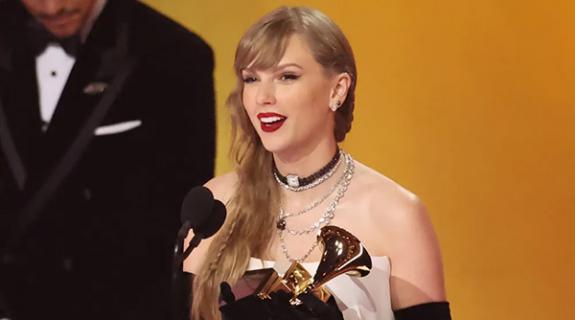
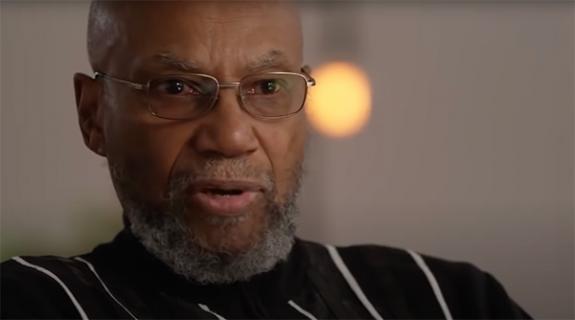

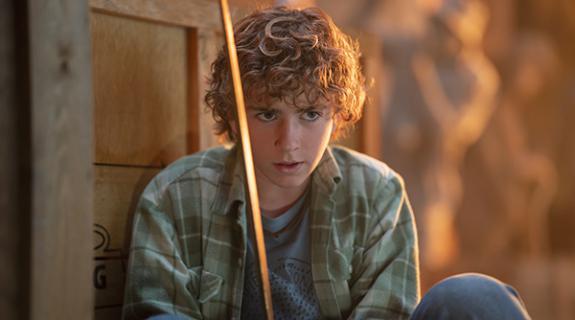


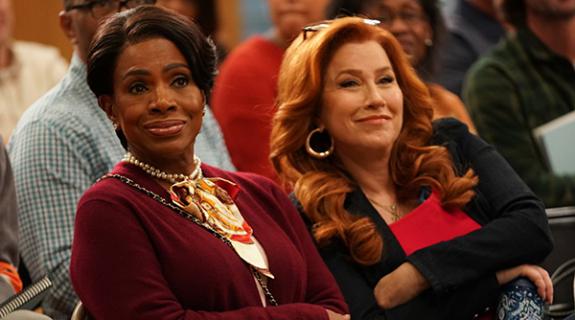
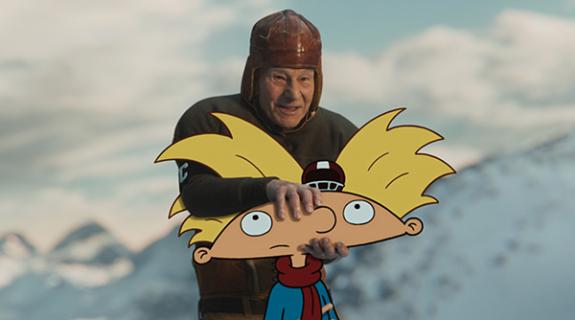

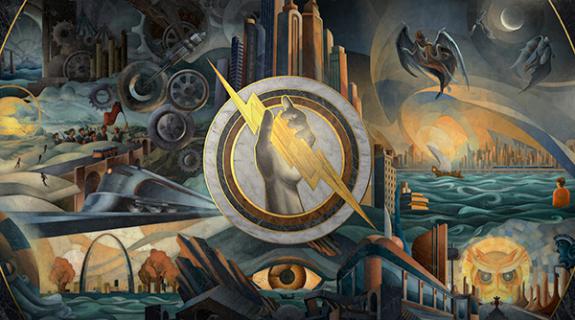
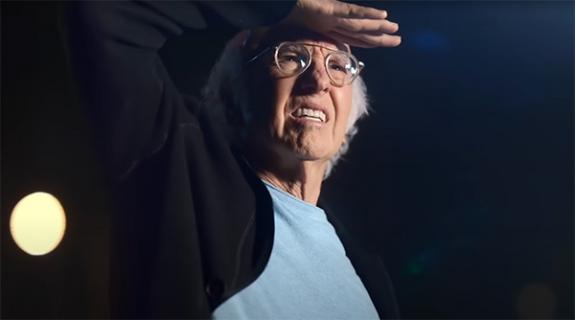


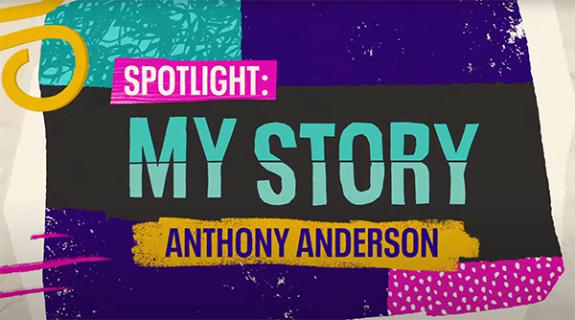






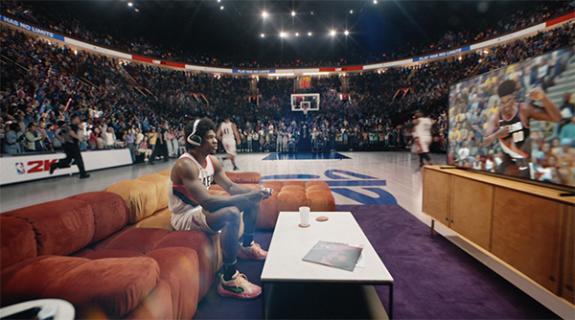
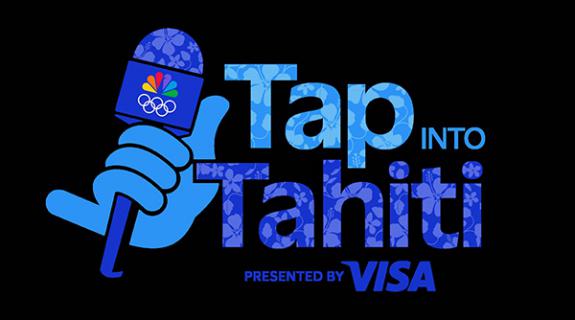

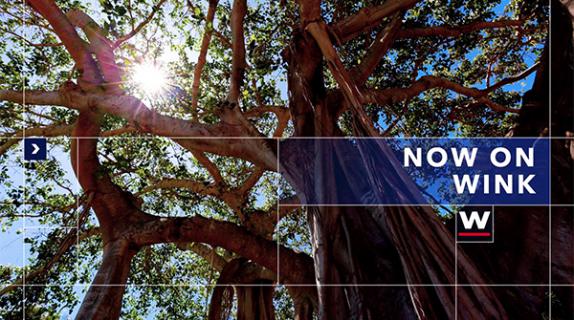




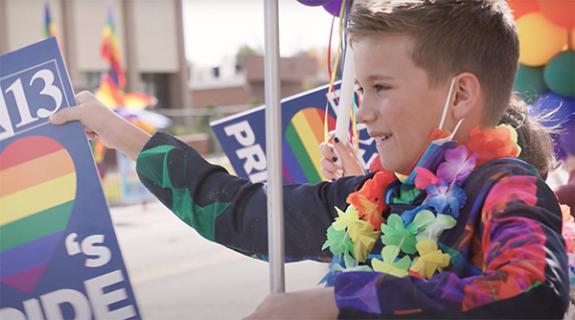


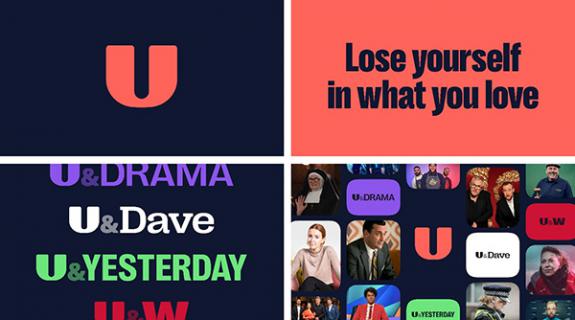
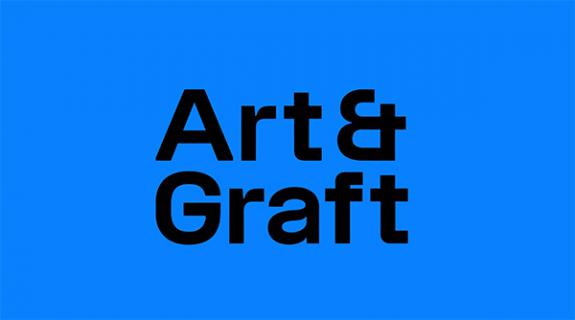
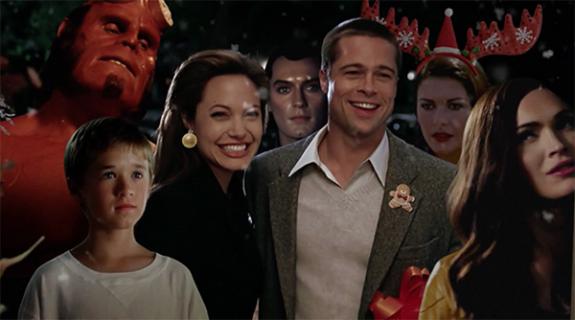


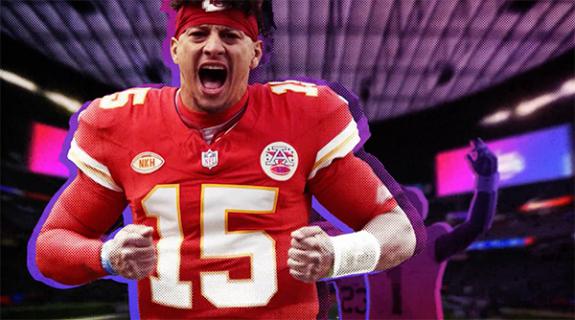
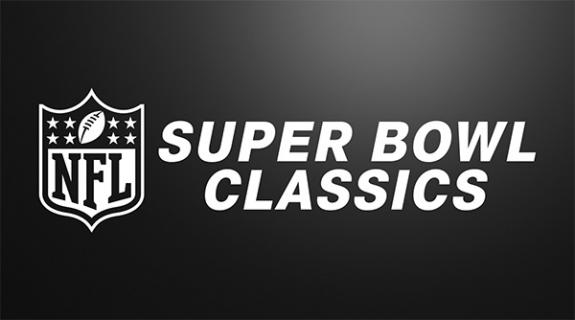
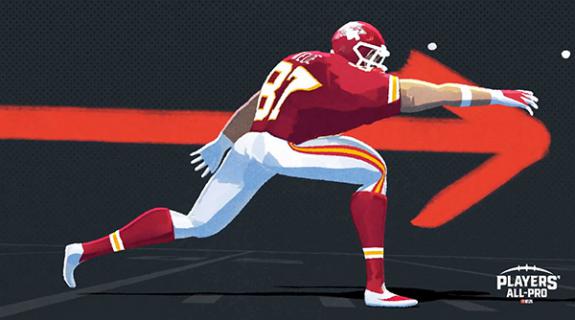

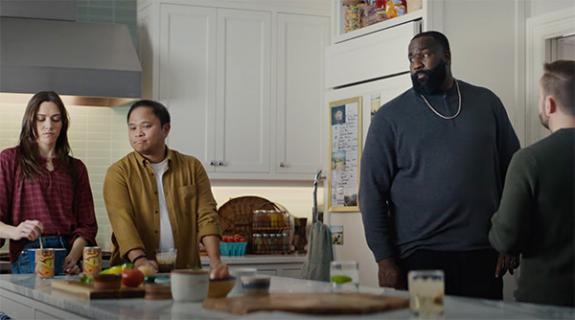
__twocolumncontent.jpg)

